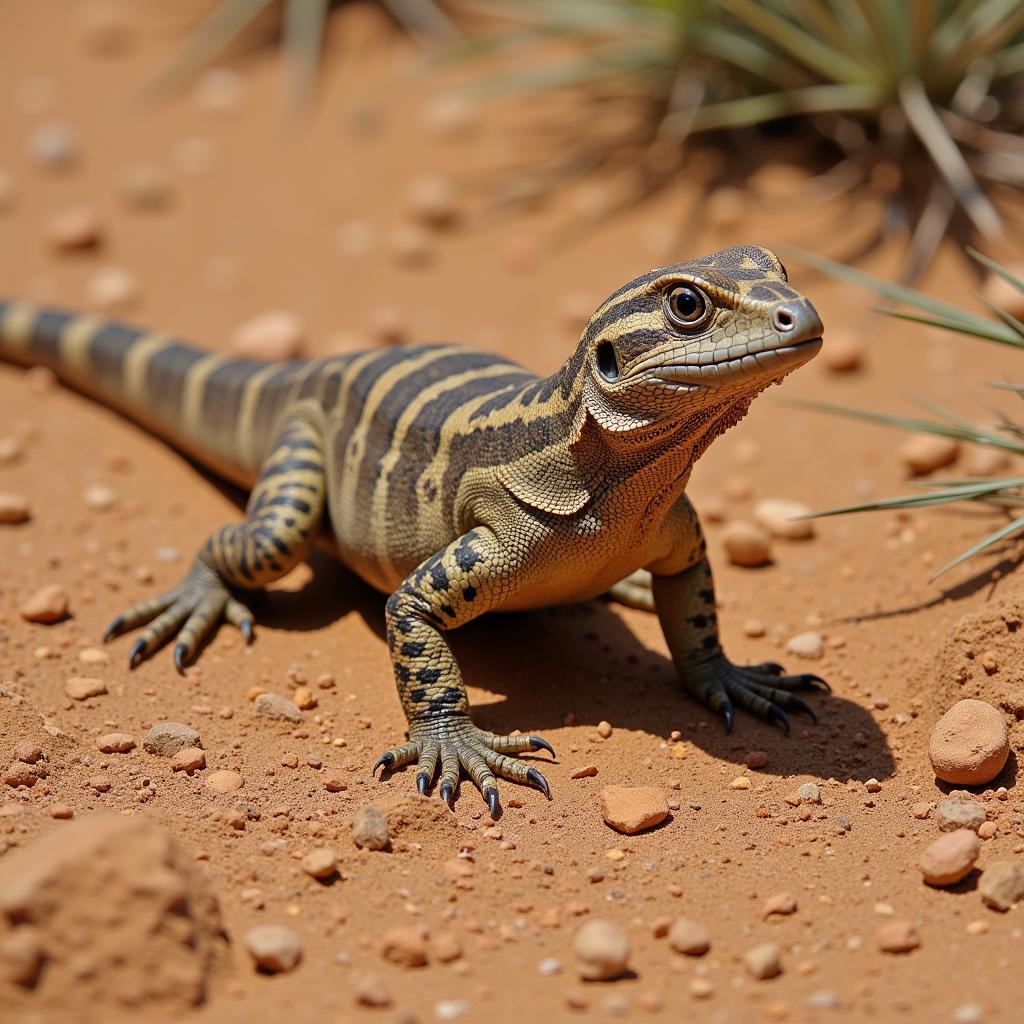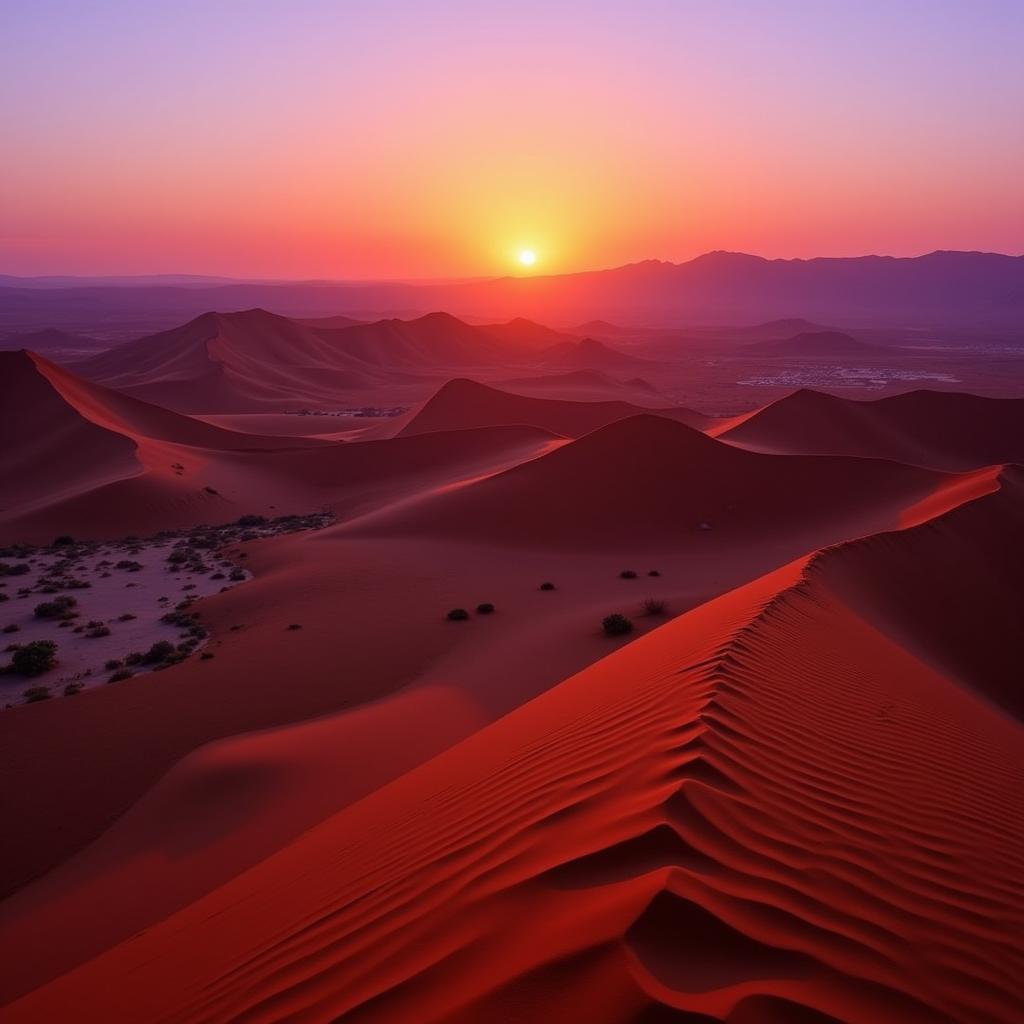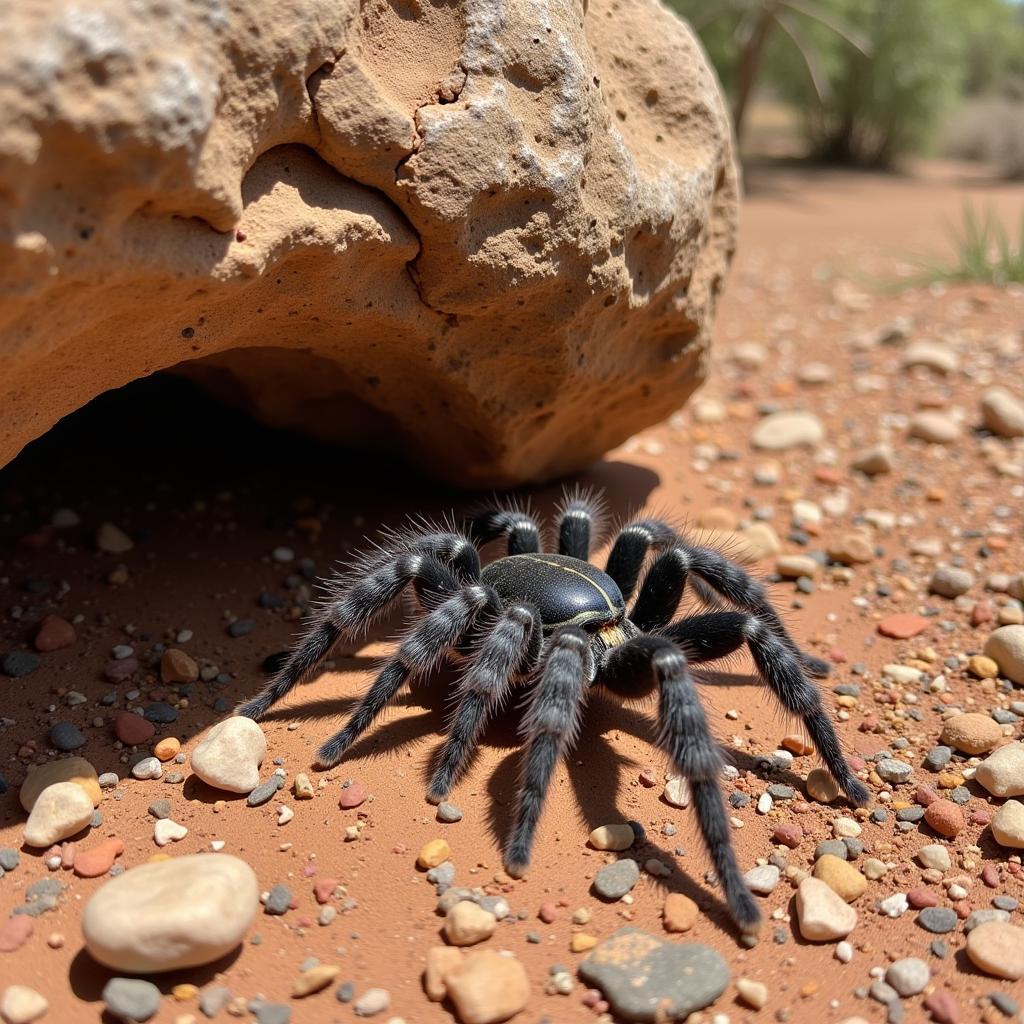African Desert Animals and Plants: Thriving in the Extremes
The African deserts, from the Sahara to the Namib, are home to a surprisingly diverse array of animal and plant life. These species have adapted to survive in some of the harshest conditions on Earth, showcasing the resilience and wonder of nature. This article delves into the fascinating world of african desert animals and plants, exploring their unique adaptations and the delicate balance they maintain in these extreme ecosystems.
Adapting to Aridity: How Desert Life Survives
Water scarcity is the most pressing challenge facing desert inhabitants. Animals and plants have evolved remarkable strategies to obtain and conserve water in this arid environment.
Water Conservationists of the Animal Kingdom
Many desert animals have adapted their behavior to minimize water loss. Some, like the fennec fox, are nocturnal, emerging only when the scorching sun has set. Their large ears also play a role in thermoregulation, helping dissipate heat.
Other animals, like the desert tortoise, can store water in their bodies for extended periods. The iconic camel, often called the “ship of the desert,” can survive for weeks without drinking by storing water in its hump and minimizing water loss through urination and defecation.
Masters of Water Extraction: Desert Flora
Desert plants have also developed ingenious ways to access and retain water. Some, like the welwitschia, have deep taproots that can reach water tables far below the surface. Others, like succulents, store water in their fleshy leaves or stems, allowing them to survive long periods of drought.
The shape and surface of desert plants also contribute to their water conservation abilities. Spines and hairs on plants like cacti help to reduce water loss through transpiration.
A Delicate Balance: Interactions in the Desert Ecosystem
The harshness of the desert environment fosters a complex web of interdependence between animals and plants.
Navigating the Food Chain
Desert food chains are often short and highly specialized. Many desert animals, like the jerboa, are herbivores, relying on seeds, roots, and the sparse vegetation for sustenance. Predators like the desert monitor lizard and the caracal rely on these herbivores for their survival.
 Desert Monitor Lizard on the Hunt
Desert Monitor Lizard on the Hunt
Symbiotic Relationships: Mutual Benefits in a Challenging Environment
Symbiotic relationships, where two different species benefit from each other, are common in the desert. For instance, the acacia ant finds shelter and food from the acacia tree, while the ants protect the tree from herbivores.
Threats to a Fragile Ecosystem
Despite their resilience, African desert ecosystems are facing increasing threats, primarily from human activities.
Climate Change and Desertification
Climate change is exacerbating desertification, leading to harsher conditions and threatening the survival of many desert species. Rising temperatures and decreased rainfall patterns further stress the already limited water resources.
Human Activities and Habitat Loss
Overgrazing, mining, and other human activities are leading to habitat loss and fragmentation, disrupting the delicate balance of the desert ecosystem.
Conservation Efforts: Protecting a Unique Heritage
Protecting the unique biodiversity of African deserts requires concerted conservation efforts.
Establishing Protected Areas
Creating protected areas, such as national parks and reserves, is crucial for safeguarding critical habitats and the species that depend on them.
Sustainable Land Management Practices
Promoting sustainable land management practices, such as rotational grazing and responsible tourism, can help minimize human impact on desert ecosystems.
Exploring the Wonders of African Deserts
Experiencing the African deserts firsthand offers a profound appreciation for the tenacity of life and the interconnectedness of nature.
Responsible Tourism: Minimizing Our Footprint
When visiting these fragile ecosystems, it is essential to practice responsible tourism, leaving no trace behind and supporting local communities.
 Sunset Over the Namib Desert
Sunset Over the Namib Desert
The deserts of Africa, with their seemingly desolate landscapes, are teeming with life that has adapted and thrived against all odds. Understanding these unique ecosystems and supporting their conservation is essential to ensuring the survival of these remarkable species for generations to come.



